
Virtual reality, home visual field testing offer new options for physicians.

Virtual reality, home visual field testing offer new options for physicians.

Ophthalmologist details his preferred technique to avoid complications during procedure.
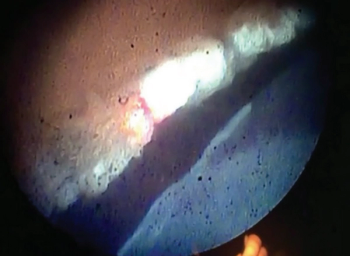
Short learning curve, significant clinical advantages make this a comfortable addition.
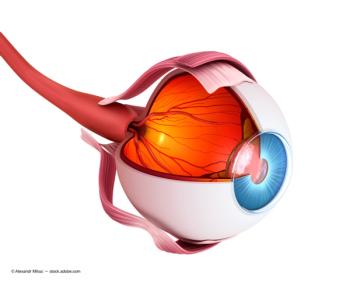
IOP-controlling protein in the trabecular meshwork may get the fluid moving.
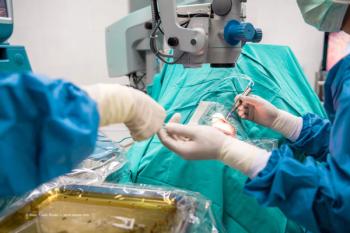
Investigators find treatment is an option for treating open-angle glaucoma.
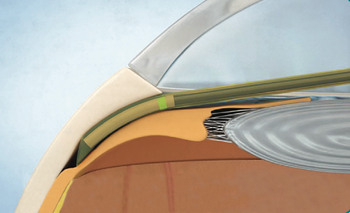
A supraciliary minimally invasive glaucoma procedure may offer a valuable bleb-free treatment option for patients with glaucoma that requires low target pressures.

Physician presents pearls for effective use, leading to positive outcomes for patients.

In this latest EyePod® episode, Sahar Bedrood, MD, PhD, shares her clinical perspective on the multi-faceted, dynamic evolution of interventional glaucoma.

Patients show impressive proptosis and diplopia responses to teprotumumab.
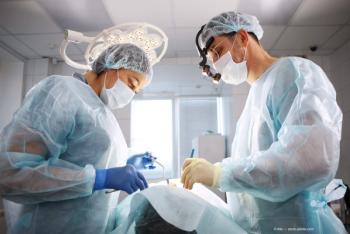
Arsham Sheybani, MD, offers insight on how his glaucoma patient management protocols have altered and the shift in subconjunctival surgery in light of the pandemic.
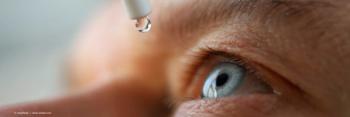
Drops can simplify dosing, improving adherence and ocular surface health

Intraocular drainage surgery may have a future for treating issues.
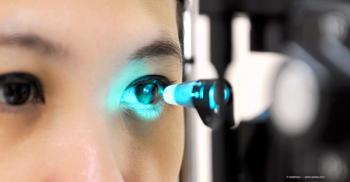
Consider ideas about outflow pathways, neuroprotection.
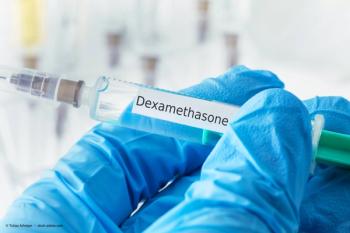
Once-daily corticosteroid treats pain, inflammation after surgery.

Results of a survey among ophthalmologists indicate that patients are receiving fewer examinations — with worsening glaucoma, says S. Fabian Lerner, MD, speaking at the Glaucoma 360 New Horizons Forum.
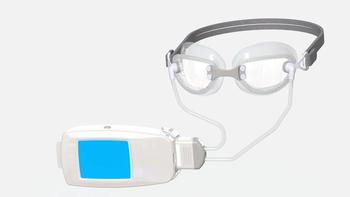
A new therapy provides noninvasive nighttime IOP control by programming the desired pressure into the device, explained John Berdahl, MD, during the New Horizons Forum.

Glaukos Corporation's COO Chris Calcaterra gives an update on the company's latest 24-month phase 2b data for its iDose TR sustained-release travoprost implant, next steps for securing FDA approval, and his outlook for 2021.

Oluwatosin U. Smith, MD, Glaucoma Associates of Texas, provides an update on optimization and surgical modifications of newer glaucoma surgeries.
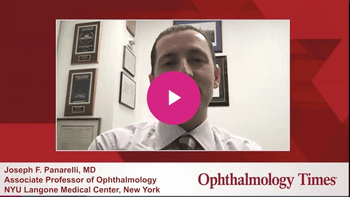
Joseph F. Panarelli, MD, associate professor of ophthalmology, NYU Langone Medical Center, shares some clinical pearls for managing masquerade syndromes and determining when it is not glaucoma.

Donald L. Budenz, MD, MPH, shares the key takeaways from his Shaffer-Hetherington-Hoskins Lecture, focusing on glaucoma epidemiology, presented during the 2021 Glaucoma 360's 25th Annual Glaucoma Symposium CME.
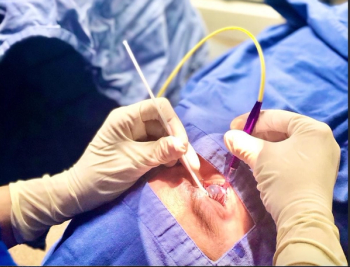
Noninvasive option reduces IOP in patients with glaucoma.
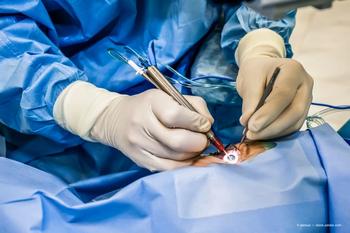
The traditional treatment for primary angle-closure (PAC) and PAC glaucoma (PACG) is laser peripheral iridotomy (LPI) to facilitate aqueous outflow followed by medical treatment with drops to decrease the intraocular pressure (IOP).
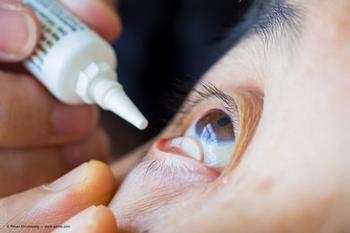
Sunita Radhakrishnan, MD, in a presentation at the 25th annual Glaucoma Symposium at the Glaucoma 360 virtual annual event, noted that concomitant treatment of both glaucoma and dry eye is key.
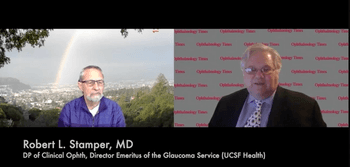
Robert L. Stamper, MD, discusses the findings of a study analyzing the effects of corneal mechanics on IOP, presented during the virtual Glaucoma 360 meeting.

During the 2021 Glaucoma 360 meeting, Ruth D. Williams, MD, speaks on the highlights and key findings from the EAGLE study, which showed clear lens extraction surgery may be a better initial treatment for some glaucoma patients.